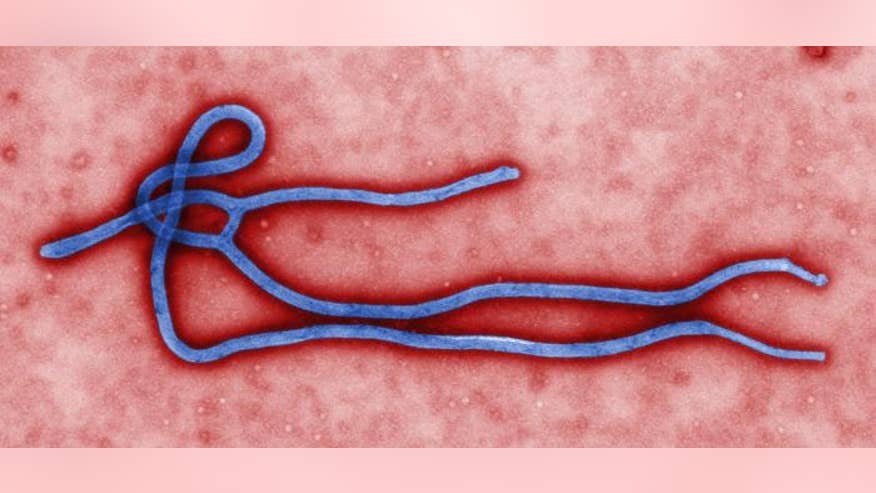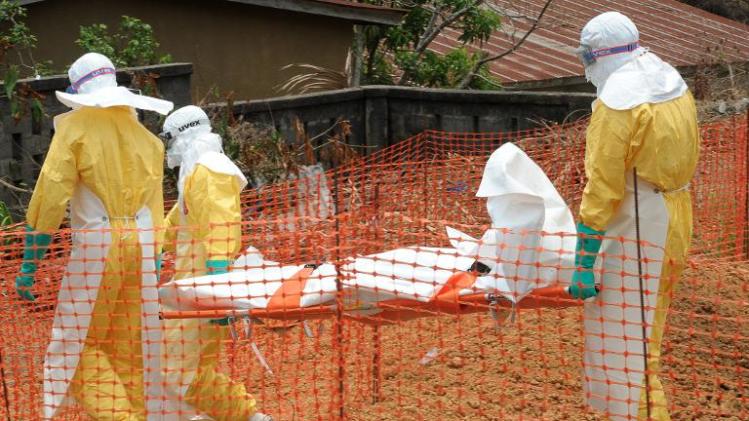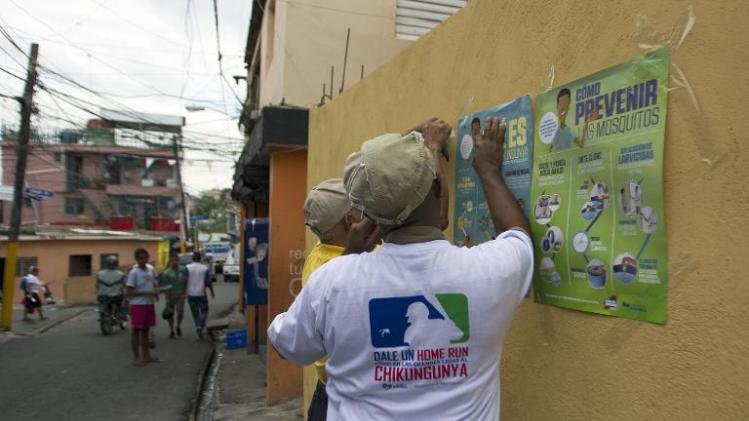It is hard to imagine that it was only 34 years ago when the
first case of HIV was first documented in the United States. Shortly
after, the virus seemed to spread like wildfire, burning a path of
hysteria, frustration and sadness across the U.S. and throughout the
world. In a short period of time, and thanks to a series of political
blunders from the Reagan administration and many other political figures
across the nation, HIV went from hundreds to millions and became the
closest we have ever come to a modern plague.
Although there is
still no cure for the virus, this plague is now classified as a chronic
illness with those who are HIV positive living long and healthy lives.
So the obscene terror that lived in the hearts of every gay man in the
world merely three decades ago has all but been erased in the mines of
the millennial age. In its place now lives a vague but
often-impenetrable fear of those who carry HIV and a diluted sense of
safety based on the idea that the transmission of HIV is related to a
character flaw of promiscuity. This blind faith that the virus is
relinquished to "other" types of people has allowed for this disease to
continue affecting the millennial generation at staggering rates.
According to the
Center for Disease Control's National Progress Report
of 2013, an estimated 1.1 million people are living with HIV in the
United States with 50,000 more becoming infected each year. One out of
every six people living with the virus are unaware that they are
infected, thus continuing the cycle of transmission. And worse, one out
of every five gay men are living with HIV, yet the millennial generation
often treats the disease as if it is only reserved for the history
books.
But beyond the numbers, just what exactly does it mean to
live HIV in today's world? For starters, HIV is now officially
classified as a chronic disease. Although most people assume that
treatment involves a series of toxic cocktails that HIV positive men and
women take throughout the day, a person diagnosed today will most
likely be on one daily pill to manage the virus. And reports suggest
that, given a person is compliant with their medication; they can expect
the same estimated lifespan as they did when they were HIV negative.
"A
person who is 20-years-old and diagnosed today can expect to live into
their 70s, roughly the same lifespan they would expect prior to being
diagnosed," says Dr. Gary Blick, HIV Specialist and Founder of World
Health Clinicians, an international HIV treatment organization.
However,
it isn't all good news. The span of your life may be the same, but your
worries certainly are not. People living with the virus run an
increased risk of developing other life-threatening diseases such as
cancer, heart attack and stroke. Combined with other STI's, these risks
are even bigger, making it even more important for a person living with
HIV to manage all aspects of their health, not just their pillboxes.
However, an HIV positive diagnosis is merely a charge to be drastically
more responsible with a person's health instead of an order to make
arrangements for a pending funeral.
To many of the people living
with the disease, it is also a scarlet branding that induces emotional
and psychological symptoms that far outweigh the side effects listed on
the side of their medication bottles.
The organizations charged
with delivering the message of HIV awareness and prevention have
grappled with advancing their messaging with the advancements of modern
medicine. Managing HIV is a drastically different animal than it was
merely a decade ago, but many still view the virus with the same gravity
that they did in the 1990s. The few organizations who have tried to
modernize the approach to HIV education have been lambasted for "making
light" of the disease, trying to "make HIV cool," or downplaying the
severity of living with the virus.
This struggle over messaging
has never been more contentious then in the present as institutional
juggernauts like the AIDS Healthcare Foundation (AHF) battles with more
progressive activists and organizations over the promotion of PrEP, or
pre-exposure prophylaxis. This new drug, nicknamed the birth control
pill for HIV, now personifies the crux in HIV treatment debate.
PrEP
is an Antiretroviral Therapy drug that, if taken correctly by an HIV
negative individual, has a 99 percent efficacy rate in preventing the
transmission of HIV from someone who is HIV positive. This drug has been
on the market since 2012, but several prominent organizations such as
AHF, the largest HIV treatment provider in the U.S., have taken an
active stance against the HIV prevention pill.
Michael Weinstein,
the Executive Director of AHF, has publicly referred to PrEP as a party
drug and suggested that the "people who would be taking the drug" could
not be trusted to be compliant with their dosage. This stigmatizing
rhetoric, combined with the pharmaceutical company, Gilead's,
unwillingness to advertise the drug to at-risk populations, has led to a
virtual standstill in people seeking a prescription for the prevention
pill.
People like J Nick Shirley, a 24-year-old gay man from
Dallas, represent the most at risk demographics for HIV transmission,
and yet has never heard of PrEP. When asked about the new form of
prevention, he was shocked that this was the first time he was hearing
about it.
"I just can't believe that we have such a
ground-breaking tool at our disposal and so many people don't know about
[PrEP]," Shirley said. "I am pretty sure none of my friends know about
it. We have never talked about it before."
Long term HIV survivor,
activist and former reality T.V star, Jack Mackenroth, is mortified
that organizations like AHF have taken on such a damaging approach to
PrEP.
"If this were the '90s, people would be lining up down the
streets to take PrEP," says Mackenroth. "It is so sad that the fear that
we went through has given way to the judgment and stigma from gay men
onto other gay men. HIV isn't going anywhere if we don't wake up and
realize that condom-only messages don't work."
Which leads us to
the use of the problem; organizations using worn out methods of
education and prevention, further stigmatizing others looking for
prevention methods beyond condoms and leaving the vast majority of
millennial, at-risk individuals to believe that HIV is a virus that
"other" people get.
Movies like
The Normal Heart serve
as history lessons, leading young gay men to cry, "Never forget," while
failing to realize the dangers they face. LGBT youth are left grappling
for connection, because most of the visible reminders of the risk of HIV
are only ashes, while the living, more relevant examples prefer to
remain in silence for fear of public ridicule and castigation. Sadly,
the community that was once unified under the call to fight the virus is
now complacent in a pseudo-class system of HIV status that only serves
to perpetuate transmission.
But change is on the horizon.
Grassroots campaigns such as HIV Equal, The Stigma Project, The Needle
Prick and several others have worked to change the climate of HIV stigma
for those living with the virus and educate the public on the real vs.
perceived danger of HIV transmission. A new wave of young, HIV positive
faces, such as Josh Robbins, Cory Lee Frederick and Jake Forth are
making their presence known in the public eye, humanizing the virus for
the millennial generation while serving as living examples that HIV is
still an issue for their age group. And this year, as the Obama
Administration unveiled the HIV Care Continuum at the third annual
HIV/AIDS Strategy, President Obama's HIV prevention policy recognized
Antiretroviral treatment as a valid form of prevention, giving authority
to the fact that HIV positive men who achieve undetectable viral load
levels are actively preventing the spread of HIV.
While the level
of danger has waned over the past three decades, the threat of HIV
still remains. Unlike the generations first affected by the virus, the
millennial age is now armed a wealth of information and a variety of
prevention tools to change the course of HIV for good. And this young
generation should take note that these tools came at a very heavy cost.
If you have had sex even once since your last HIV test without a
condom, it is worth it educate yourself on PrEP and determine if it is
right for you. It only takes one time to transmit the virus, and it only
takes one pill a day to stop it. The millennial generation no longer
has to face a multitude of limitations when concerning HIV, so there is
no excuse to get tested, know your status and pick up the slack in the
fight against HIV. After all, most of the heavy lifting has already been
done.
















